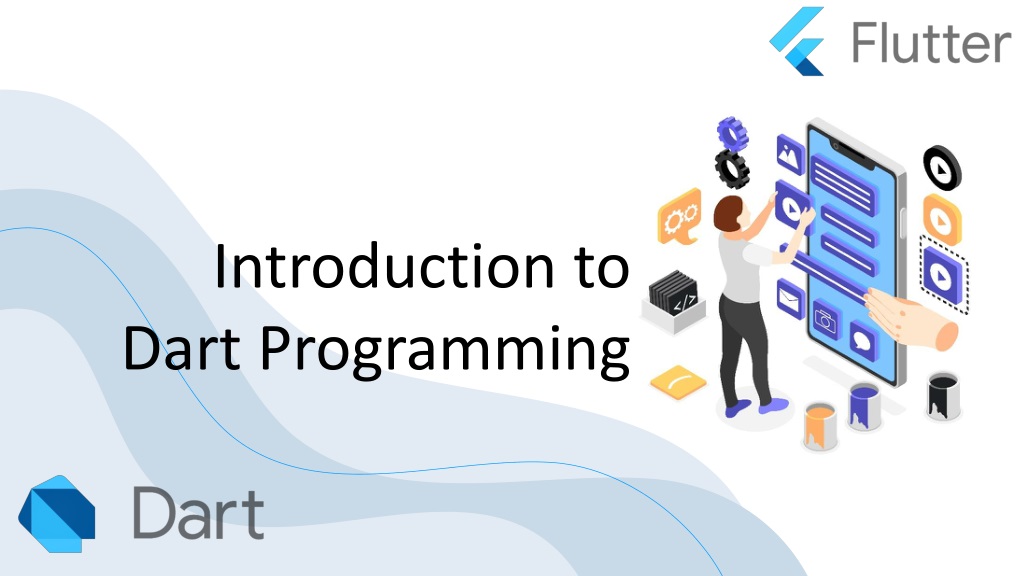Read The Constitution of Algorithms: Ground-Truthing, Programming, Formulating (Inside Technology) | Ebook
The Constitution of Algorithms: Ground-Truthing, Programming, Formulating (Inside Technology) by , Read PDF The Constitution of Algorithms: Ground-Truthing, Programming, Formulating (Inside Technology) Online, Read PDF The Constitution of Algorithms: Ground-Truthing, Programming, Formulating (Inside Technology), Full PDF The Constitution of Algorithms: Ground-Truthing, Programming, Formulating (Inside Technology), All Ebook The Constitution of Algorithms: Ground-Truthing, Programming, Formulating (Inside Technology), PDF and EPUB The Constitution of Algorithms: Ground-Truthing, Programming, Formulating (Inside Technology), PDF ePub Mobi The Constitution of Algorithms: Ground-Truthing, Programming, Formulating (Inside Technology), Reading PDF The Constitution of Algorithms: Ground-Truthing, Programming, Formulating (Inside Technology), Book PDF The Constitution of Algorithms: Ground-Truthing, Programming, Formulating (Inside Technology), Download online The Constitution of Algorithms: Ground-Truthing, Programming, Formulating (Inside Technology), The Constitution of Algorithms: Ground-Truthing, Programming, Formulating (Inside Technology) pdf, by The Constitution of Algorithms: Ground-Truthing, Programming, Formulating (Inside Technology), book pdf The Constitution of Algorithms: Ground-Truthing, Programming, Formulating (Inside Technology), by pdf The Constitution of Algorithms: Ground-Truthing, Programming, Formulating (Inside Technology), epub The Constitution of Algorithms: Ground-Truthing, Programming, Formulating (Inside Technology), pdf The Constitution of Algorithms: Ground-Truthing, Programming, Formulating (Inside Technology), the book The Constitution of Algorithms: Ground-Truthing, Programming, Formulating (Inside Technology), ebook The Constitution of Algorithms: Ground-Truthing, Programming, Formulating (Inside Technology), The Constitution of Algorithms: Ground-Truthing, Programming, Formulating (Inside Technology) E-Books, Online The Constitution of Algorithms: Ground-Truthing, Programming, Formulating (Inside Technology) Book, pdf The Constitution of Algorithms: Ground-Truthing, Programming, Formulating (Inside Technology), The Constitution of Algorithms: Ground-Truthing, Programming, Formulating (Inside Technology) E-Books, The Constitution of Algorithms: Ground-Truthing, Programming, Formulating (Inside Technology) Online Download Best Book Online The Constitution of Algorithms: Ground-Truthing, Programming, Formulating (Inside Technology), Read Online The Constitution of Algorithms: Ground-Truthing, Programming, Formulating (Inside Technology) Book, Read Online The Constitution of Algorithms: Ground-Truthing, Programming, Formulating (Inside Technology) E-Books, Download The Constitution of Algorithms: Ground-Truthing, Programming, Formulating (Inside Technology) Online, Download Best Book The Constitution of Algorithms: Ground-Truthing, Programming, Formulating (Inside Technology) Online, Pdf Books The Constitution of Algorithms: Ground-Truthing, Programming, Formulating (Inside Technology), Download The Constitution of Algorithms: Ground-Truthing, Programming, Formulating (Inside Technology) Books Online Read The Constitution of Algorithms: Ground-Truthing, Programming, Formulating (Inside Technology) Full Collection, Download The Constitution of Algorithms: Ground-Truthing, Programming, Formulating (Inside Technology) Book, Download The Constitution of Algorithms: Ground-Truthing, Programming, Formulating (Inside Technology) Ebook The Constitution of Algorithms: Ground-Truthing, Programming, Formulating (Inside Technology) PDF Download online, The Constitution of Algorithms: Ground-Truthing, Programming, Formulating (Inside Technology) Ebooks, The Constitution of Algorithms: Ground-Truthing, Programming, Formulating (Inside Technology) pdf Read online, The Constitution of Algorithms: Ground-Truthing, Programming, Formulating (Inside Technology) Best Book, The Constitution of Algorithms: Ground-Truthing, Programming, Formulating (Inside Technology) Ebooks, The Constitution of Algorithms: Ground-Truthing, Programming, Formulating (Inside Technology) PDF, The Constitution of Algorithms: Ground-Truthing, Programming, Formulating (Inside Technology) Popular, The Constitution of Algorithms: Ground-Truthing, Programming, Formulating (Inside Technology) Download, The Constitution of Algorithms: Ground-Truthing, Programming, Formulating (Inside Technology) Full PDF, The Constitution of Algorithms: Ground-Truthing, Programming, Formulating (Inside Technology) PDF, The Constitution of Algorithms: Ground-Truthing, Programming, Formulating (Inside Technology) PDF, The Constitution of Algorithms: Ground-Truthing, Programming, Formulating (Inside Technology) PDF Online, The Constitution of Algorithms: Ground-Truthing, Programming, Formulating (Inside Technology) Books Online, The Constitution of Algorithms: Ground-Truthing, Programming, Formulating (Inside Technology) Ebook, The Constitution of Algorithms: Ground-Truthing, Programming, Formulating (Inside Technology) Book, The Constitution of Algorithms: Ground-Truthing, Programming, Formulating (Inside Technology) Full Popular PDF, PDF The Constitution of Algorithms: Ground-Truthing, Programming, Formulating (Inside Technology) Download Book PDF The Constitution of Algorithms: Ground-Truthing, Programming, Formulating (Inside Technology), Read online PDF The Constitution of Algorithms: Ground-Truthing, Programming, Formulating (Inside Technology), PDF The Constitution of Algorithms: Ground-Truthing, Programming, Formulating (Inside Technology) Popular, PDF The Constitution of Algorithms: Ground-Truthing, Programming, Formulating (Inside Technology), PDF The Constitution of Algorithms: Ground-Truthing, Programming, Formulating (Inside Technology) Ebook, Best Book The Constitution of Algorithms: Ground-Truthing, Programming, Formulating (Inside Technology), PDF The Constitution of Algorithms: Ground-Truthing, Programming, Formulating (Inside Technology) Collection, PDF The Constitution of Algorithms: Ground-Truthing, Programming, Formulating (Inside Technology) Full Online, epub The Constitution of Algorithms: Ground-Truthing, Programming, Formulating (Inside Technology), ebook The Constitution of Algorithms: Ground-Truthing, Programming, Formulating (Inside Technology), ebook The Constitution of Algorithms: Ground-Truthing, Programming, Formulating (Inside Technology), epub The Constitution of Algorithms: Ground-Truthing, Programming, Formulating (Inside Technology), full book The Constitution of Algorithms: Ground-Truthing, Programming, Formulating (Inside Technology), online The Constitution of Algorithms: Ground-Truthing, Programming, Formulating (Inside Technology), online The Constitution of Algorithms: Ground-Truthing, Programming, Formulating (Inside Technology), online pdf The Constitution of Algorithms: Ground-Truthing, Programming, Formulating (Inside Technology), pdf The Constitution of Algorithms: Ground-Truthing, Programming, Formulating (Inside Technology), The Constitution of Algorithms: Ground-Truthing, Programming, Formulating (Inside Technology) Book, Online The Constitution of Algorithms: Ground-Truthing, Programming, Formulating (Inside Technology) Book, PDF The Constitution of Algorithms: Ground-Truthing, Programming, Formulating (Inside Technology), PDF The Constitution of Algorithms: Ground-Truthing, Programming, Formulating (Inside Technology) Online, pdf The Constitution of Algorithms: Ground-Truthing, Programming, Formulating (Inside Technology), Read online The Constitution of Algorithms: Ground-Truthing, Programming, Formulating (Inside Technology), The Constitution of Algorithms: Ground-Truthing, Programming, Formulating (Inside Technology) pdf, by The Constitution of Algorithms: Ground-Truthing, Programming, Formulating (Inside Technology), book pdf The Constitution of Algorithms: Ground-Truthing, Programming, Formulating (Inside Technology), by pdf The Constitution of Algorithms: Ground-Truthing, Programming, Formulating (Inside Technology), epub The Constitution of Algorithms: Ground-Truthing, Programming, Formulating (Inside Technology), pdf The Constitution of Algorithms: Ground-Truthing, Programming, Formulating (Inside Technology), the book The Constitution of Algorithms: Ground-Truthing, Programming, Formulating (Inside Technology), ebook The Constitution of Algorithms: Ground-Truthing, Programming, Formulating (Inside Technology), The Constitution of Algorithms: Ground-Truthing, Programming, Formulating (Inside Technology) E-Books, Online The Constitution of Algorithms: Ground-Truthing, Programming, Formulating (Inside Technology) Book, pdf The Constitution of Algorithms: Ground-Truthing, Programming, Formulating (Inside Technology), The Constitution of Algorithms: Ground-Truthing, Programming, Formulating (Inside Technology) E-Books, The Constitution of Algorithms: Ground-Truthing, Programming, Formulating (Inside Technology) Online, Download Best Book Online The Constitution of Algorithms: Ground-Truthing, Programming, Formulating (Inside Technology), Download The Constitution of Algorithms: Ground-Truthing, Programming, Formulating (Inside Technology) PDF files, Read The Constitution of Algorithms: Ground-Truthing, Programming, Formulating (Inside Technology) PDF files by
63 views • 5 slides


